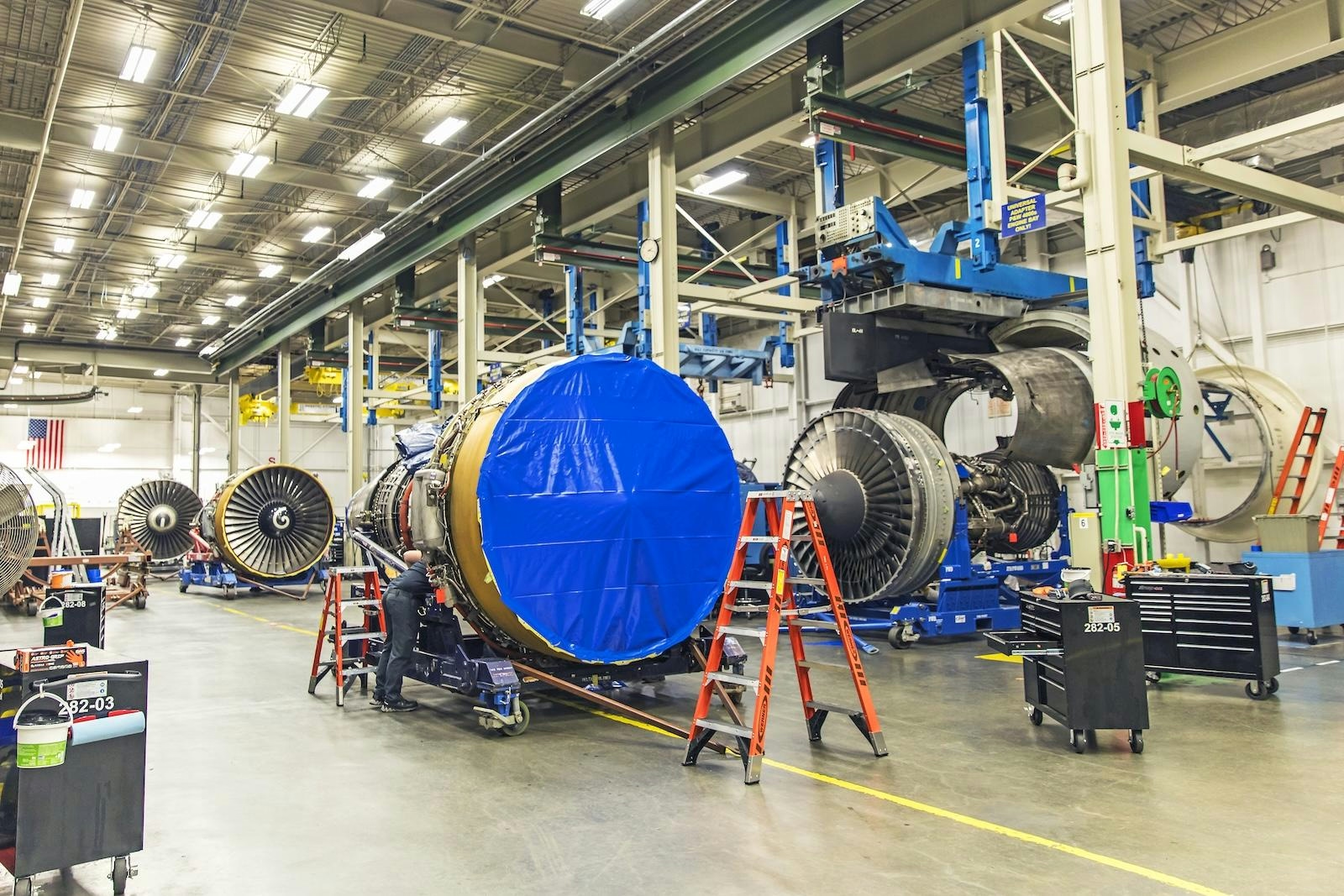
AeroGenie – Ihr intelligenter Copilot.
Trends
Categories
Taking a Risk on Red

Taking a Risk on Red
The Elusive Promise of Urban Air Mobility
Despite more than $20 billion invested in urban air mobility (UAM) ventures by late 2024, the long-anticipated era of electric vertical takeoff and landing (eVTOL) flying taxis remains frustratingly out of reach. Developers continue to face formidable regulatory challenges, with progress toward certification described by McKinsey as “agonizingly slow.” While each new test flight generates considerable excitement on social media, the reality of bringing these aircraft into commercial operation is far more complex and protracted.
This year, industry leaders Archer Aviation and Joby Aviation are expected to carry their first passengers, but notably not in the United States. Instead, these initial commercial flights are slated to take place in the United Arab Emirates. Archer’s high-profile agreement to provide air taxi services for the 2028 Los Angeles Olympics was announced in an unconventional manner—on Jimmy Kimmel’s late-night show—highlighting the marketing efforts underpinning these ventures. The deal with LA28, the Olympic organizing committee, promises extensive “storytelling opportunities” during the games, with Archer’s Midnight vehicle positioned as a cutting-edge solution for transporting VIPs between venues.
Challenges Beneath the Surface
Despite the optimism surrounding these developments, significant obstacles remain. A recent Washington Post article offered a largely uncritical view of Archer and Joby’s progress, overlooking key details such as the fact that Archer’s much-publicized 14-mile demonstration flight was comparable in distance to the Wright brothers’ 1905 efforts. Joby Aviation’s founder, JoeBen Bevirt, has made ambitious claims that UAM will “change our relationship with space and time,” yet the industry’s timeline for widespread adoption remains uncertain.
Sergio Cecutta of SMG Consulting, speaking at a June Aviation Week webinar, projected that Archer might not secure an operating certificate until the second quarter of 2028, leaving a narrow window to meet Olympic deadlines. Meanwhile, European competitors Volocopter and Lilium both faced financial collapse in late 2023. Volocopter failed to deliver air taxi services for the Paris Olympics, and Lilium was unable to find a buyer. Airbus also discontinued its City Airbus program in January, citing insufficient battery technology, following Rolls-Royce’s withdrawal from electric propulsion efforts.
Investor confidence persists, with many anticipating a consolidation among the crowded field of UAM startups. However, Archer’s recent Olympic announcement was soon followed by a critical report from Culper Research, a firm known for short-selling that publicizes negative findings. Although Archer’s stock withstood the scrutiny, the episode underscored the sector’s opacity regarding actual progress and the creative use of terminology surrounding certification milestones. To date, no company has flown a type-conforming prototype or completed a round-trip flight featuring vertical takeoff and landing.
Broader Market Uncertainties
The uncertainties plaguing the UAM sector reflect wider market anxieties. Speculation about the potential replacement of Federal Reserve Chair Jerome Powell has raised concerns about the central bank’s independence, with markets wary of any nominee perceived as closely aligned with former President Donald Trump. Strategists warn that unexpected resignations or the emergence of a “shadow Fed Chair” could provoke sharp sell-offs, threatening the current market rally. Concurrently, fears of an “everything bubble” in US stocks and housing prices persist, with some analysts forecasting an imminent correction.
Across various industries, companies are adjusting to shifting policy pressures and rising research and development costs. This is particularly evident in innovative medicine, where the integration of artificial intelligence is accelerating in response to the growing prevalence of chronic diseases. As with urban air mobility, the stakes remain high, the risks substantial, and the challenges formidable.
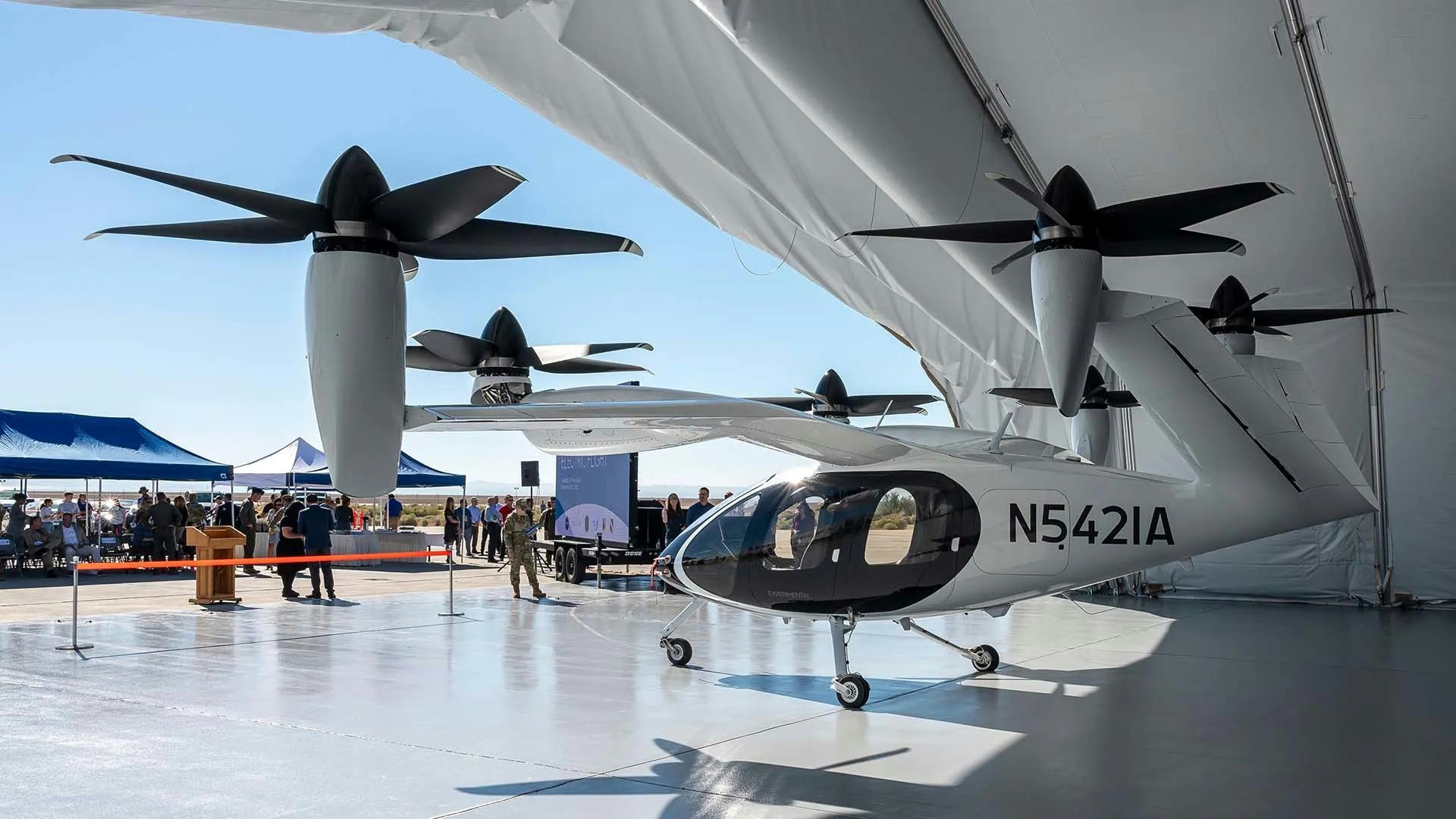
Toyota-Backed VTOL Company Plans 25 Vertiports Across the U.S.
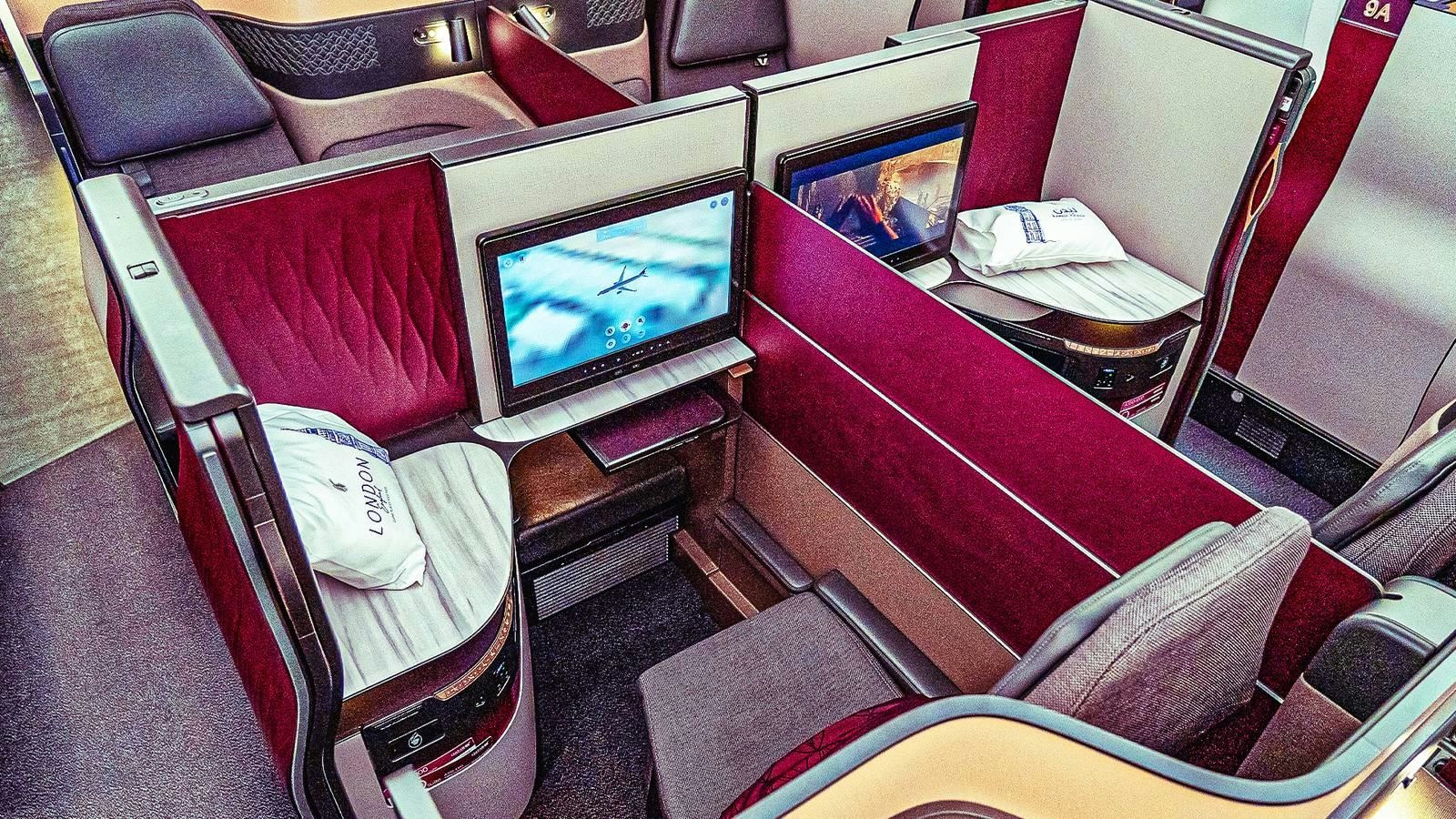
Top Widebody Business Class Seats Available for Booking
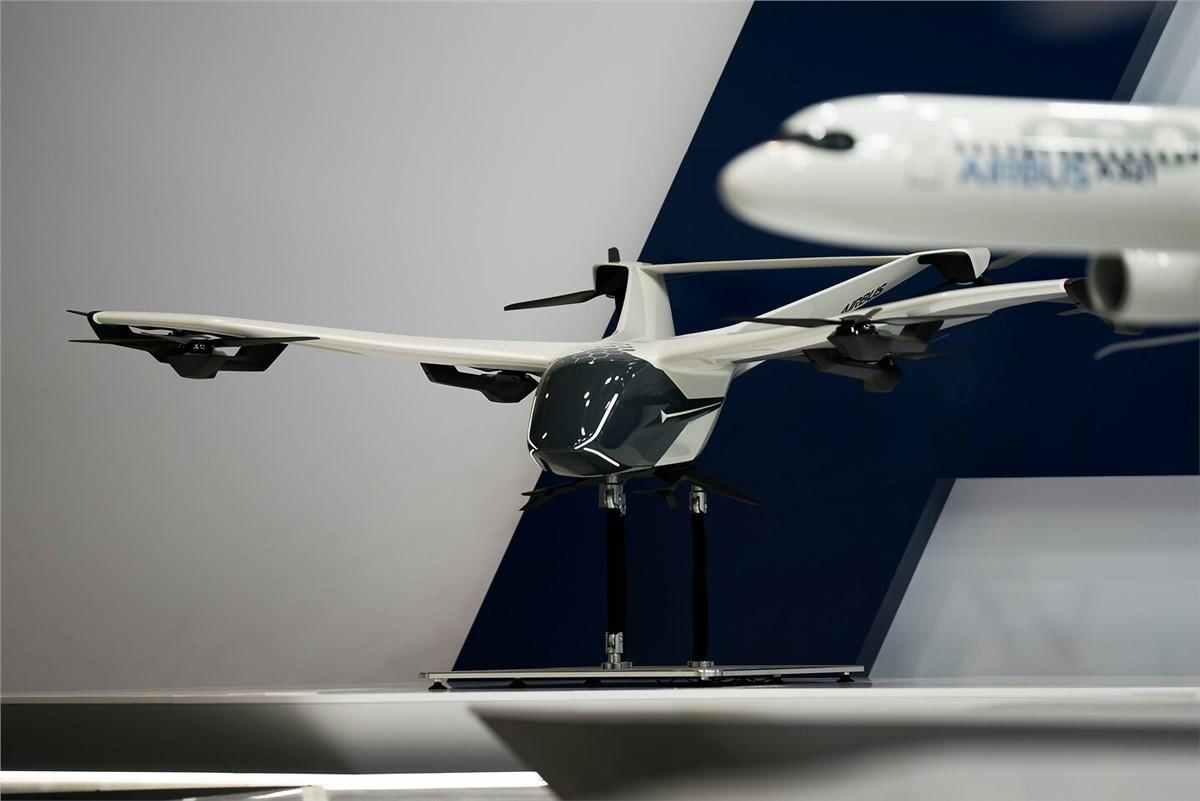
The Airbus Model: Successes in Civil Aviation and Challenges in Defense and Innovation

Bosnian Aircraft Engine Overhaul Company Launches New Projects

How AI Helped Uncover Airline Pricing Strategies and Reduce Costs
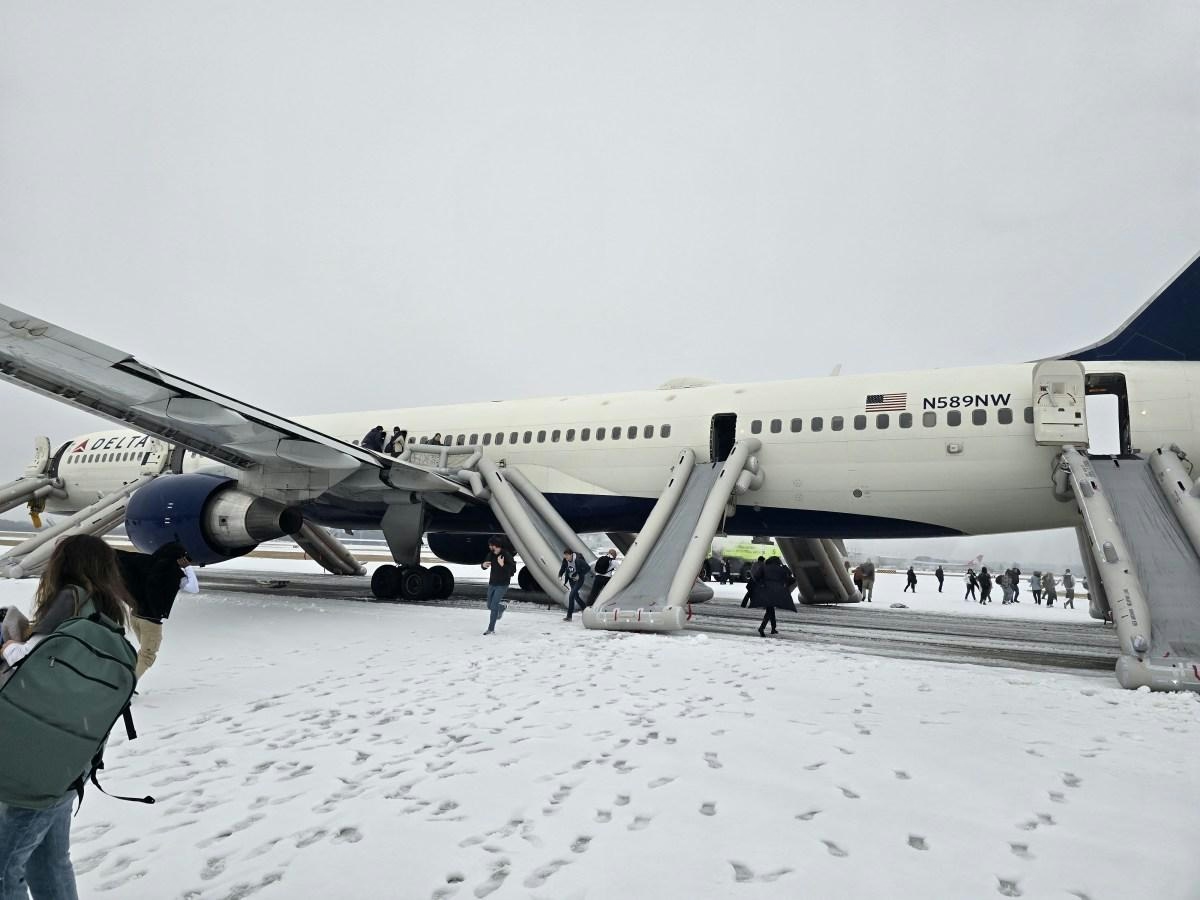
Delta Flight Returns to Atlanta After Engine Issue
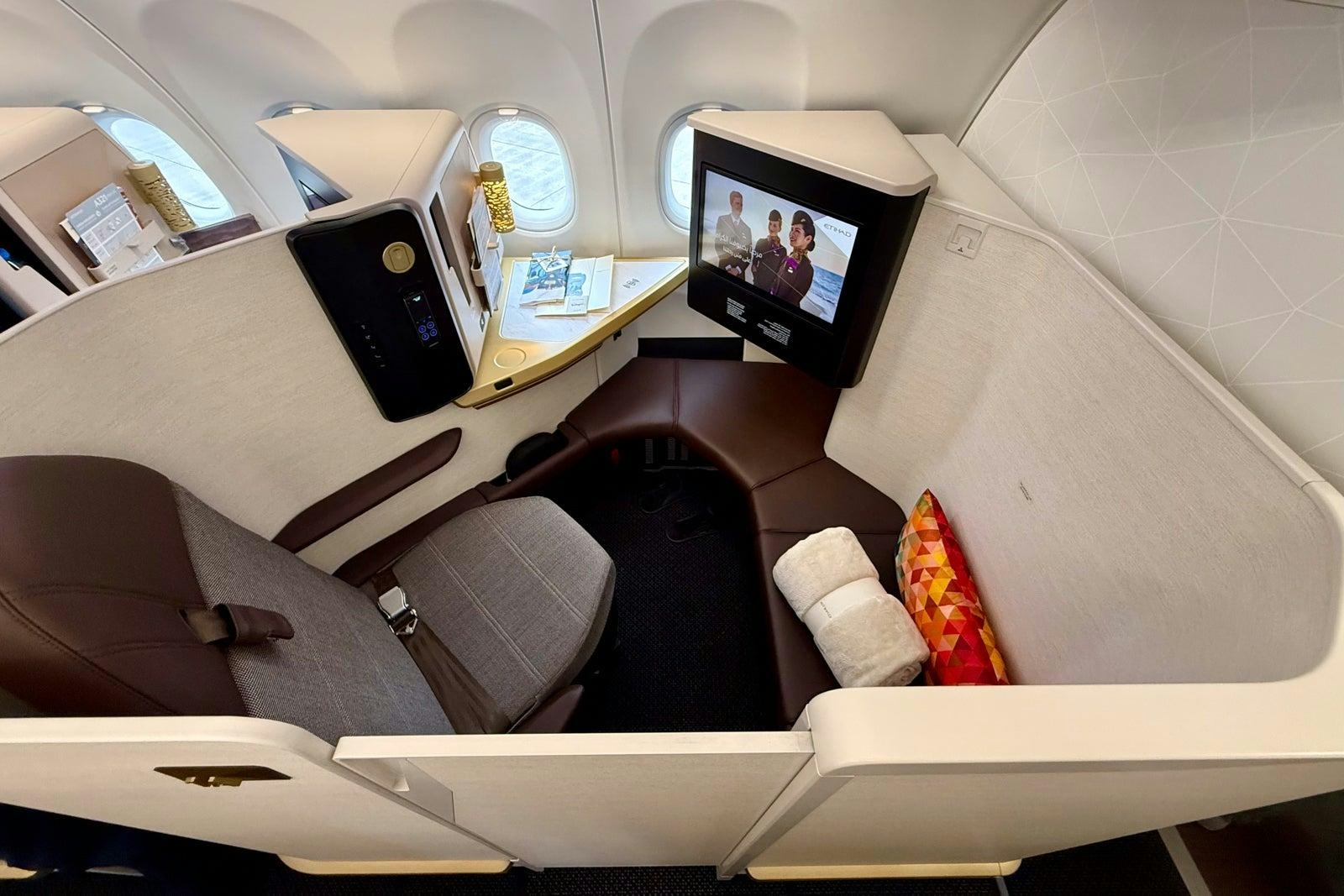
Etihad Airways Introduces New A321LR with Enhanced Comfort
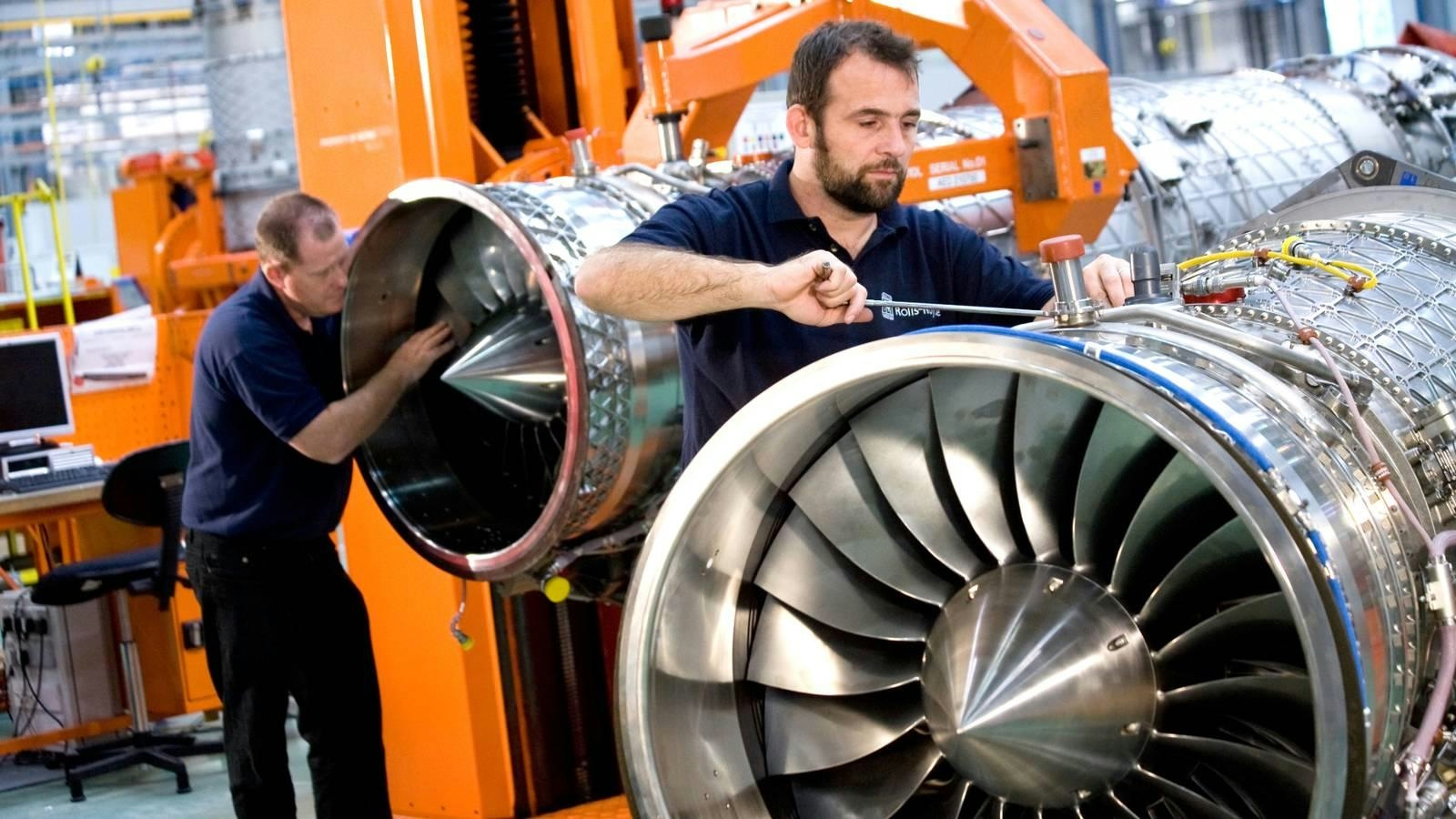
Rolls-Royce Considers India for Aircraft Engine Production Hub

Southwest Joins Other Major Airlines in Operating the World’s Largest Narrowbody Fleets
